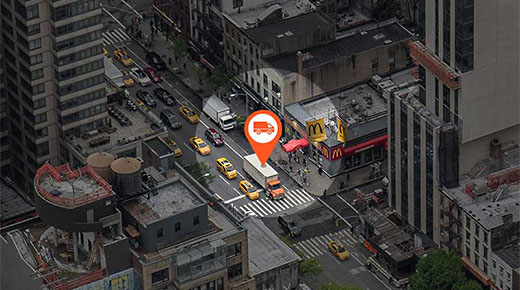Whoever coined the phrase “it’s a small world” clearly doesn’t work in supply chain management. The earth maintains a relatively constant size of roughly 196,900,000 square miles of surface area, but in the last decade or so, the scope and complexity of global supply chains have expanded exponentially.
|
ADVERTISEMENT |
The resurgence of the U.S. economy, the steady rise of Chinese manufacturing, and economic growth in African countries and other less-developed regions all contribute to rising consumerism and an ever-expanding hunt for supply to meet demand.
Setting aside trade agreements, tariffs, and other political issues, things are booming. More goods, coming from more sources, going to more places.
One other thing that’s increasing: pressure. Every year there is greater pressure on producers to show regulators and customers that their goods are sourced ethically and sustainably. It’s as if the whole world is now from Missouri, saying, “Show me” when it comes to the integrity of products they purchase. Ingredients now matter as much as, if not more, than the end product. To many modern consumers, ingredients are the end product, whether it’s the wheat going into your cereal, or the cotton going into your jeans.
…

Add new comment